VMware unveils first Cloud Foundation overhaul since Broadcom acquisition
VMware is targeting better developer experience, improved resilience, and easier modernization as priorities with its new subscription-based approach
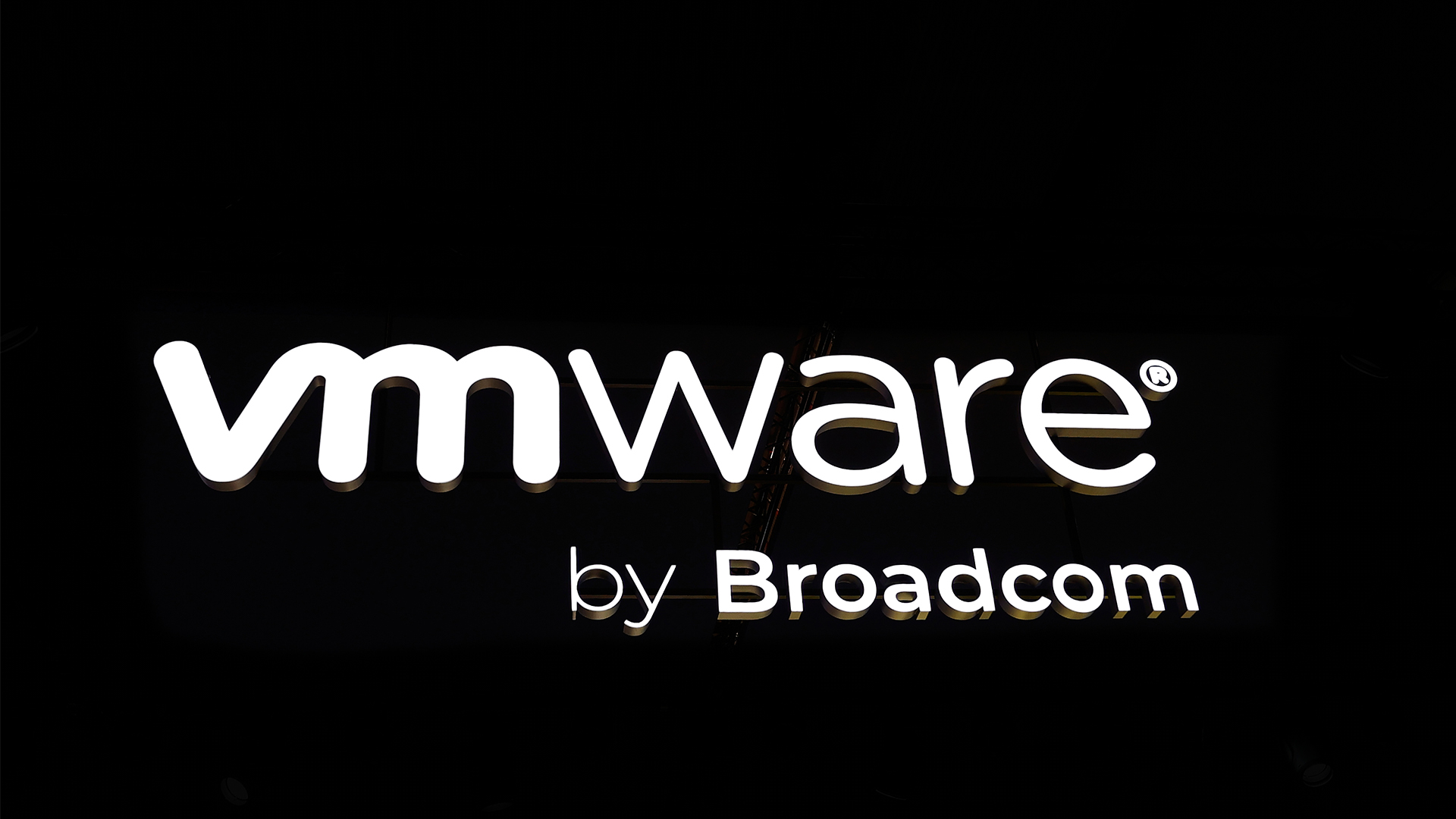

VMware has announced an expansion of features for its private cloud platform, VMware Cloud Foundation (VCF), aiming to reduce complexity and meet customer demands on time to deployment and cyber resilience.
VCF is VMware’s private cloud model that brings together its software-defined compute offering vSphere, software-defined storage offering vSAN, software-defined networking offering NSX, and cloud management and automation offering Aria.
With VCF 5.1, released in November 2023, VMware expanded its support for generative AI workloads with bolstered storage and improved graphics processing unit (GPU) capacity. With VCF 5.2, VMware has focused heavily on infrastructure management and updates, as well as a better experience for developers and security teams on the platform.
In a briefing with assembled media, Prashanth Shenoy, VP for cloud platform, infrastructure, and solutions marketing at VMware, said the firm began an 18-month “tour” of its customers under Hock Tan, CEO at Broadcom, to “truly understand what customers want us to focus on, what are their big pain points and challenges when it comes to cloud infrastructure”.
The results found that customers are focused on private and hybrid cloud strategies for cloud infrastructure modernization and operational efficiency, as they seek to tackle the business challenges of cloud migration.
A newly-announced ‘VCF Import’ feature will allow organizations to import siloed vSphere and vSAN environments they already run into VCF.
“vSphere is the most widely deployed virtualized compute environment in the world, bar none, so quite a few of our customers have a vSphere-only environment,” said Shenoy, who noted that VCF Import has been the most requested feature among customers “by far”.
Sign up today and you will receive a free copy of our Future Focus 2025 report - the leading guidance on AI, cybersecurity and other IT challenges as per 700+ senior executives
“A few customers have software-defined storage environments with vSAN for example and some of them have VMware file service environments, etc. What they wanted now is like, ‘as I want to go to a private cloud, bring these existing, siloed environments seamlessly without me having to re-architect my existing environment’. So that is what VCF import does.”
Shenoy said using VCF Import, customers could perform lifecycle management, patching, automation, or identity and access management (IAM) at a platform rather than a component level.
A new offering, VCF Edge, seeks to empower customers across more of their infrastructure. VMware hopes that by using the product, customers will be able to better manage their edge use cases at scale with a consistent experience across their environment.
VMware eyes platform consistency and resilience as core aims
Shenoy also noted that organizations have a range of applications in their environments, including business-critical apps and services such as Oracle and SAP, on top of modern apps such as generative AI tools. Across this, they seek consistent infrastructure and as easy a platform experience for their developers.
VCF 5.2 will come with several headline features along these lines, with new support for developers to set up and configure NSX virtual networks using existing virtual LAN (VLAN) environments.
The hope is that this will speed up and reduce the complexity of network configuration, reducing the strain on development teams facing tasks such as IP address changes and making it easier for enterprise IT to make the shift to VMware.
Tanzu Kubernetes Grid (TKG) will also now be deployable independently within VCF 5.2, to bring it in line with upstream Kubernetes updates rather than tying it to the vSphere release cycle. VMware said this will also allow developers to roll out updates at a pace that suits their internal operations, even as they continue to manage updates through the vSphere services with which they are familiar.
In its conversations with customers, VMware has also heard repeated focus on resilience, with cyber security top of the agenda at the board level. This is particularly true for vital cloud workloads, which organizations must be able to recover quickly in the event of a cyber attack.
One of the main features for cyber security in VCF 5.2 is ESXi Live Patching, through which admins can manage patches for ESXi hosts with no need to evacuate virtual machines (VMs) or place the hosts into maintenance mode.
VMware says this allows emergency patches to be quickly and simply deployed without causing unwanted downtime, as well as improving the overall complexity of patch and vulnerability management security teams can plot out. It comes after concerns in 2023 over repeated ESXi security issues which Darktrace researchers linked to a lack of security tools for the hypervisor.
The slew of other security announcements include a new Flexible VCF Component feature, which will allow IT teams to apply patches across different VMware components without reboots, better vSAN Data Protection aimed at improved protection and remediation from ransomware attacks and erroneous deletions, and a new VMware vDefend lateral security to project against lateral attacks.
VMware is set to release Cloud Foundation 2.5 and vSphere Foundation 5.2 in its fiscal year Q3, which it is currently in.
Cutting products to sharpen focus under Broadcom
The updates are the first major addition to VMware’s product portfolio since Broadcom acquired the company in November 2023. They represent the first releases under the new, combined approach to VCF sparked by the change of management.
“When we became part of Broadcom, the first thing that I felt was really compelling and critical for us to deliver this was to organize ourselves in a way to deliver that single integrated product,” said Shenoy.
“So we brought all these different business divisions into a single organization, led by a single GM with a single engineering team, a single product team, a single global support team, a single professional services team all belonging to the same division.”
Since Broadcom acquired VMware, the firm has set about simplifying VMware’s portfolio by cutting products and scrapping its perpetual license model. The moves have prompted unrest among some in the industry, as acknowledged by Tan.
RELATED WEBINAR
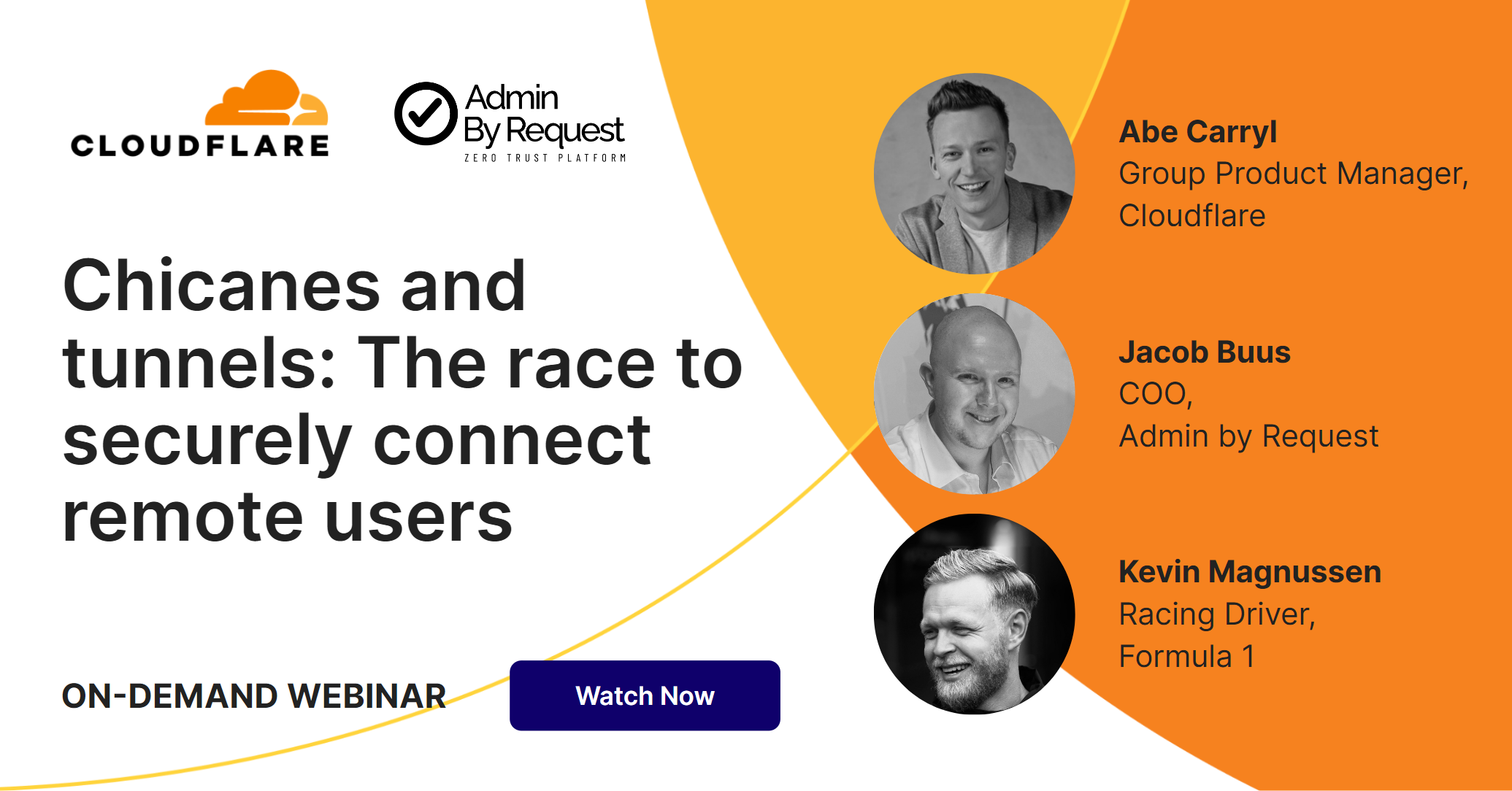
The Cloud Infrastructure Service Providers in Europe (CISPE), a cloud trade body, has also accused Broadcom of “holding the sector to ransom” and of being “anti-cloud”.
“I'm sure quite a few of you have heard some of the noise in the market saying, ‘Hey, when we became part of Broadcom, we increased the prices and we really cut down on the offers.’ Nothing can be further from the truth when it comes to price increases.
“We cut the price by half for our VMware Cloud Foundation subscription offer, right? It was $700 per core, per year, we brought it down to $350 per core per year for our VCF offer as a subscription.”
Shenoy also said the firm’s move from its CPU-based perpetual model to a core-based subscription pricing model brought it in line with the rest of the industry. As part of this process, he said, VMware took stock of whether all of its offerings were necessary.
“As we did that, we took a hard look at our product offering and said ‘How can we drastically simplify the product offering so we can truly focus on the minimal critical products that our customers truly look at us to deliver?’”
Prior to the acquisition, VMware had 168 products and bundles with 9,000 stock-keeping units (SKUs), a term that refers to specific configurations of a product. Shenoy said that this made purchases and licensing incredibly difficult for VMware customers to navigate.
In combining products under banners such as VCF, VMware ended the availability of Aria SaaS services.
Shenoy said VMware knows that without proper adoption of its products, its customers will not unlock their true value. With this in mind, VMware is running its professional services at cost to smooth customer adoption journeys.

Rory Bathgate is Features and Multimedia Editor at ITPro, overseeing all in-depth content and case studies. He can also be found co-hosting the ITPro Podcast with Jane McCallion, swapping a keyboard for a microphone to discuss the latest learnings with thought leaders from across the tech sector.
In his free time, Rory enjoys photography, video editing, and good science fiction. After graduating from the University of Kent with a BA in English and American Literature, Rory undertook an MA in Eighteenth-Century Studies at King’s College London. He joined ITPro in 2022 as a graduate, following four years in student journalism. You can contact Rory at rory.bathgate@futurenet.com or on LinkedIn.
-
 Trump's AI executive order could leave US in a 'regulatory vacuum'
Trump's AI executive order could leave US in a 'regulatory vacuum'News Citing a "patchwork of 50 different regulatory regimes" and "ideological bias", President Trump wants rules to be set at a federal level
-
 TPUs: Google's home advantage
TPUs: Google's home advantageITPro Podcast How does TPU v7 stack up against Nvidia's latest chips – and can Google scale AI using only its own supply?
-
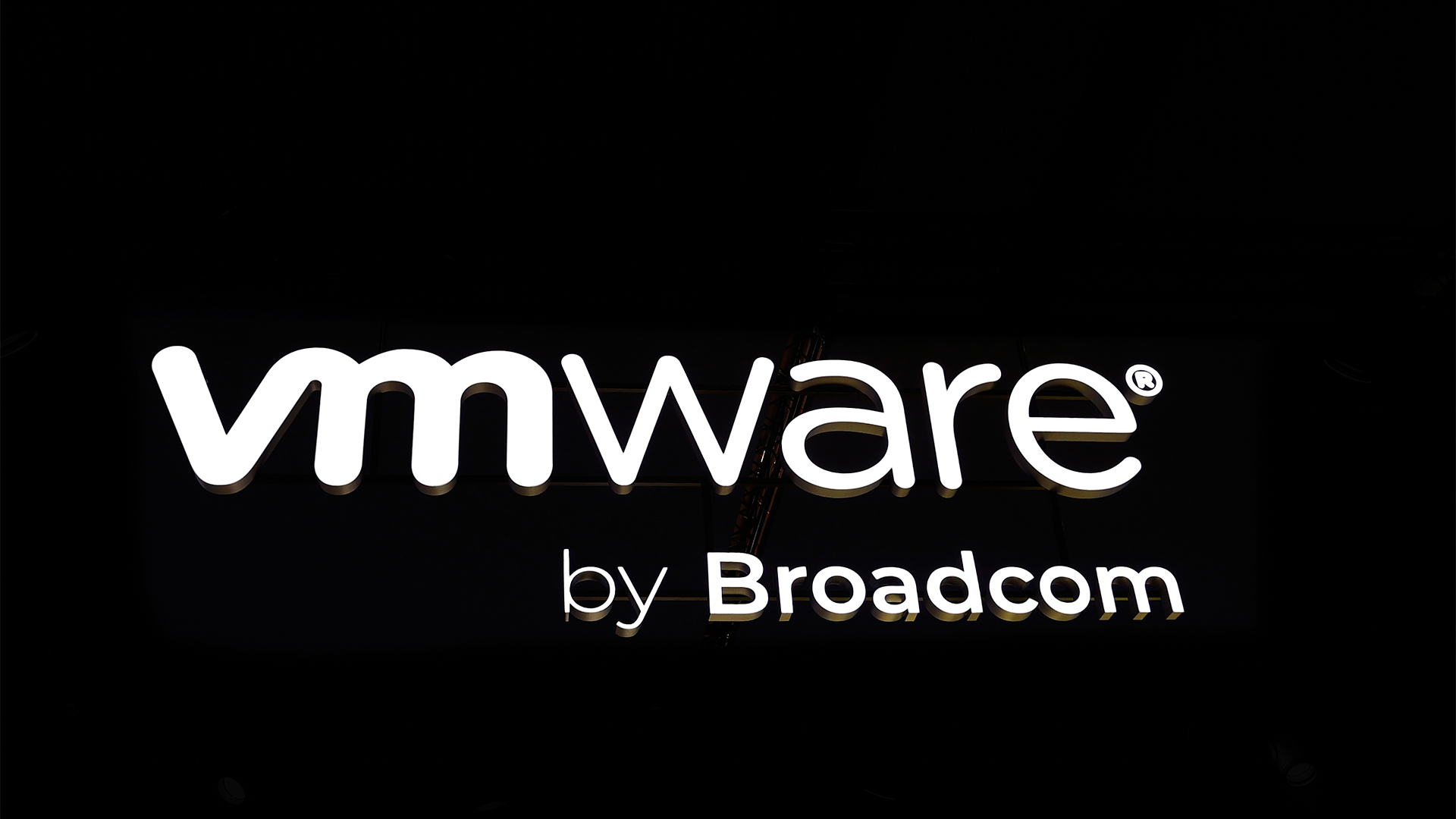 VMware partners face more disruption with latest Broadcom changes
VMware partners face more disruption with latest Broadcom changesNews Broadcom’s latest VMware changes mean smaller partners could be pushed out
-
 Helping customers adopt a multi-cloud infrastructure and accelerate their modernization journey
Helping customers adopt a multi-cloud infrastructure and accelerate their modernization journeySponsored Content We outline what shifting to a subscription model means for your business
-
 There’s a ‘cloud reset’ underway, and VMware Cloud Foundation 9.0 is a chance for Broadcom to pounce on it
There’s a ‘cloud reset’ underway, and VMware Cloud Foundation 9.0 is a chance for Broadcom to pounce on itNews With new security features and cost management tools, Broadcom wants to capitalize on surging private cloud adoption rates
-
 Broadcom's 'harsh' VMware contracts are costing customers up to 1,500% more
Broadcom's 'harsh' VMware contracts are costing customers up to 1,500% moreNews An ECCO report says Broadcom hasn't solved customer complaints when it comes to licensing and contracts
-
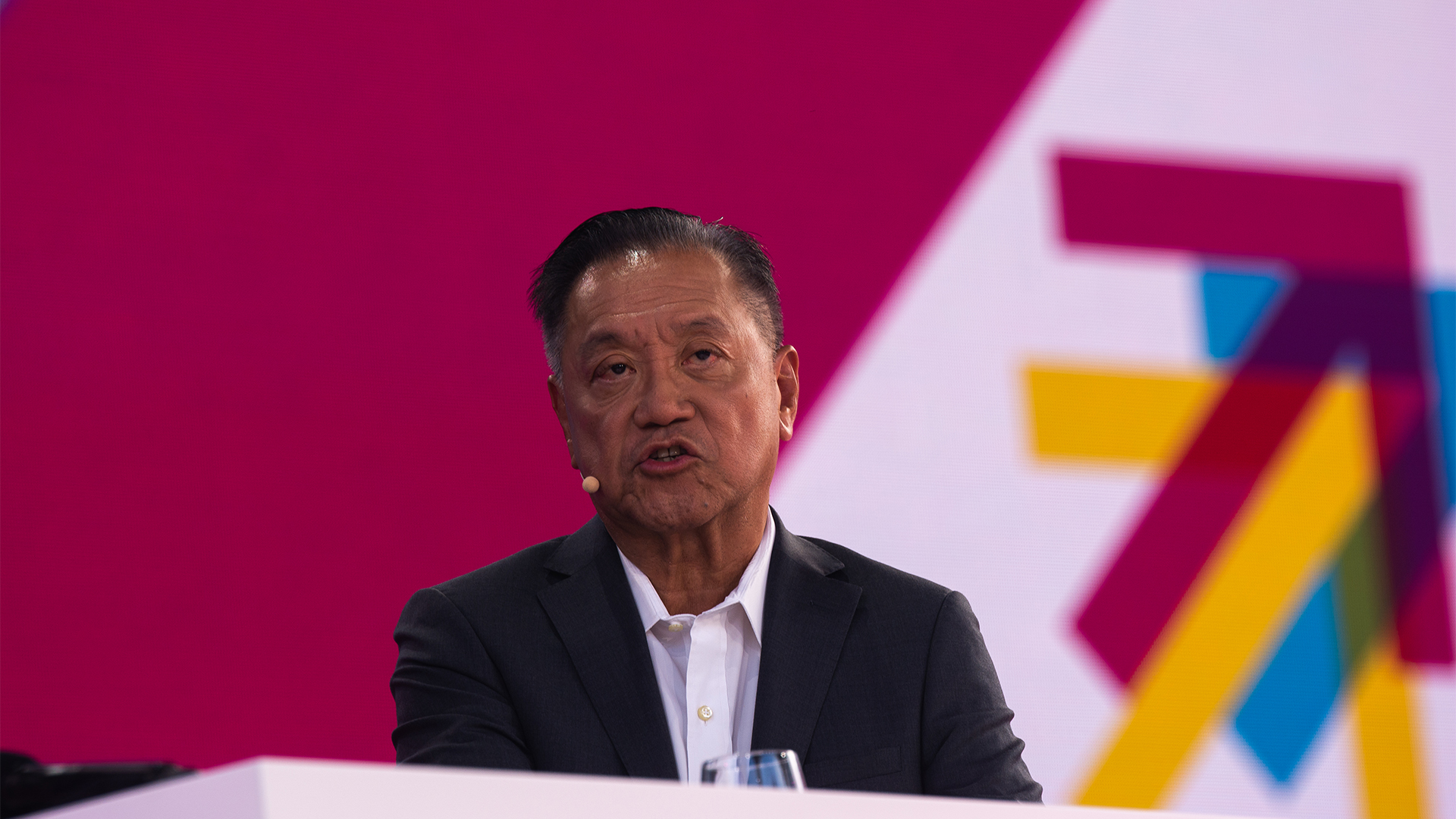 Broadcom records huge growth as CEO Hock Tan hails “successful integration” of VMware
Broadcom records huge growth as CEO Hock Tan hails “successful integration” of VMwareAnalysis The VMware acquisition is finally paying dividends for Broadcom
-
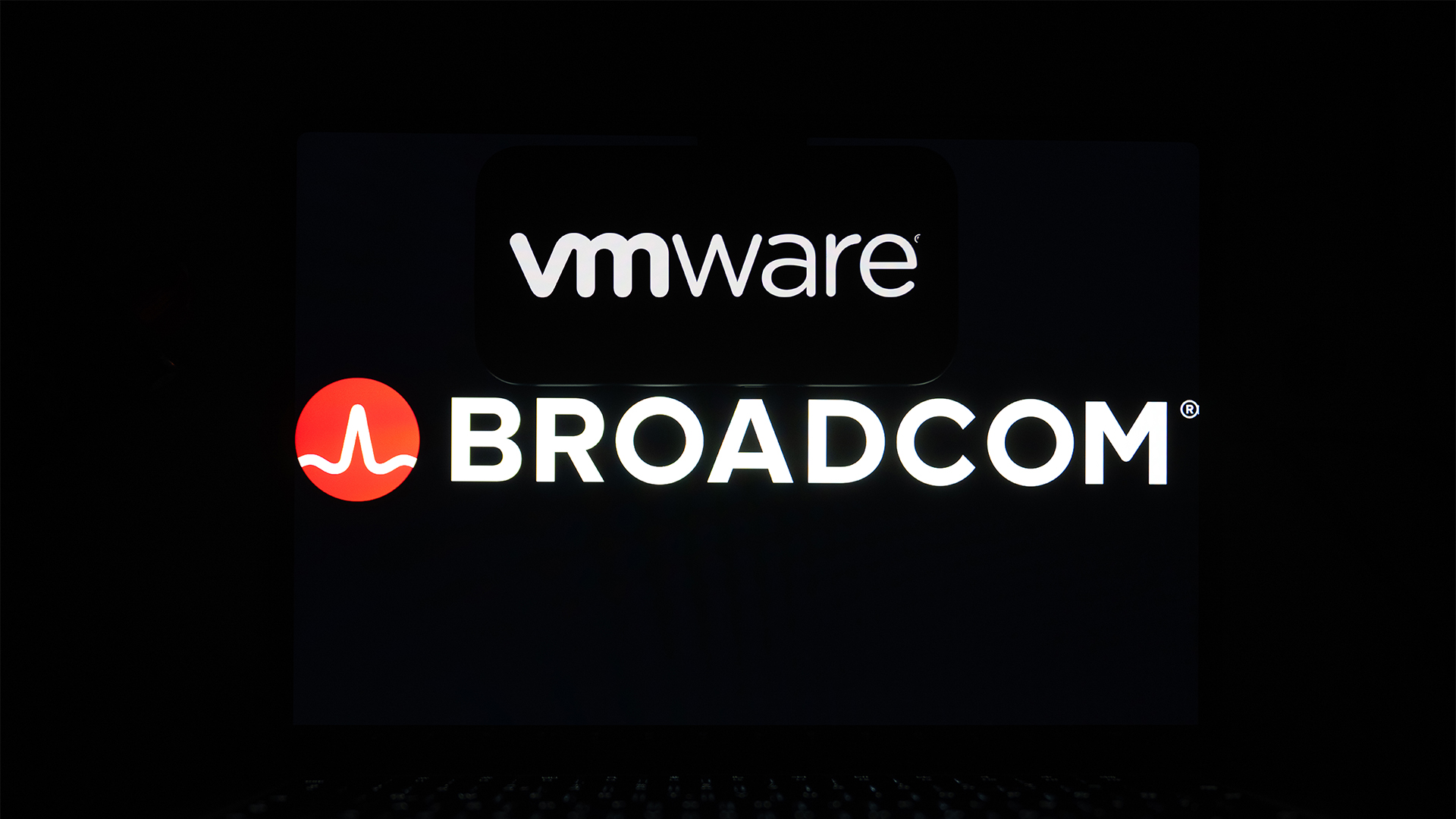 Broadcom EMEA CTO claims the company has been able to solve most of its customer issues following VMware acquisition
Broadcom EMEA CTO claims the company has been able to solve most of its customer issues following VMware acquisitionNews Joe Baguley says the firm has been walking customers through license changes and explaining the value of VMware
-
 Cloud repatriation may be nipping at hyperscaler market share, but it’s a boon for VMware
Cloud repatriation may be nipping at hyperscaler market share, but it’s a boon for VMwareNews The firm’s private cloud offerings put it in a strong position to aid customers moving workloads out of the public cloud – but repatriation can’t be the only conversation
-
 VMware Explore 2024 live: All the news and updates as they happen
VMware Explore 2024 live: All the news and updates as they happenLive Blog ITPro is live on the ground in Barcelona for VMware Explore 2024 – keep tabs on all the news, updates, and announcements in our rolling coverage